An amazing feat of engineering, this giant
observation wheel is the second highest in the world, and offers
fascinating views over the whole of London. Towering over the Thames
opposite the Houses of Parliament, it was built to celebrate the
Millennium year, and has proved enormously popular. Its 32 enclosed
capsules each hold 25 people and offer total visibility in all
directions. A flight on the London Eye takes 30 minutes and, on a clear
day, you can see up to 40 km (25 miles) across the capital and the south
of England.
South Bank SE1 0870 5000 600
www.londoneye.com
Open Oct–Apr: 10am–8pm daily; May–Sep: 10am–9pm daily (9:30pm Jul–Aug). Ticket office opens 9:30am daily. Closed 25 Dec and early Jan Prices vary. Reductions for children, the disabled and senior citizens Timed tickets on the hour and half-hour
|
|
The London Eye was one of a number of nationwide projects designed
for the Millennium. The focus in London was on the enormous Millennium
Dome, a spectacular structure built in Greenwich to house a national
exhibition. Other projects were Tate Modern and the Millennium Bridge, the Waterloo Millennium Pier, the Great Court at the British Museum and the opening up of Somerset House.
|
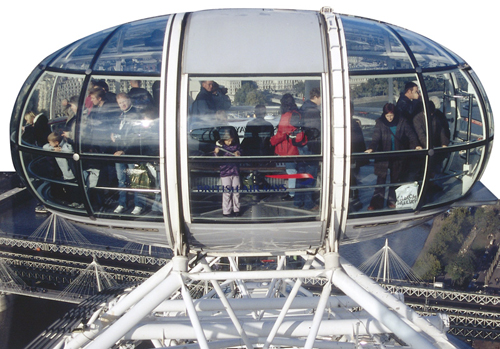
Observation capsule
|
There are two cafés in County Hall.
|
|
|
Tickets are available on the day but advanced booking is advisable, especially at weekends and in the school holidays.
|
|
|
Binoculars are rented out in the ticket hall.
|
|
|
After-dark flights make the city look romantic.
|
|
Top 10 SightsHouses of Parliament The London Eye rises high above the Houses of Parliament
on the far side of the Thames. From here you can look down on Big Ben
and see the Commons Terrace, where Members of Parliament and the House
of Lords drink, dine and discuss policy by the river.
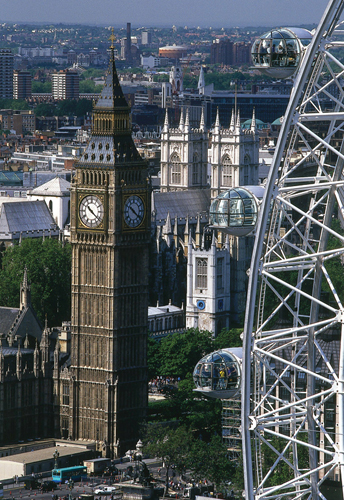
Wren Churches The dome of St Paul’s
stands out as the star of the City churches. Pricking the sky around it
are the spires of Wren’s other 31 churches, such as St Bride’s, the
tallest, on which wedding cakes have been modelled.

Canada Tower London’s tallest building is at Canary Wharf
in the heart of Docklands, the East London business and finance centre.
It stands in the middle of the Isle of Dogs, in an area formerly
occupied by the West India Docks.
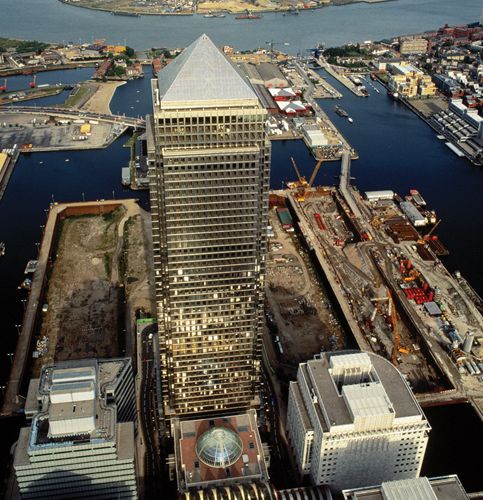
Tower 42 Built
for the National Westminster Bank, this was the tallest building in
London until overtaken by Canada Tower. The fact that it stands out
shows that the City is still relatively unspoiled by high-rise
buildings.
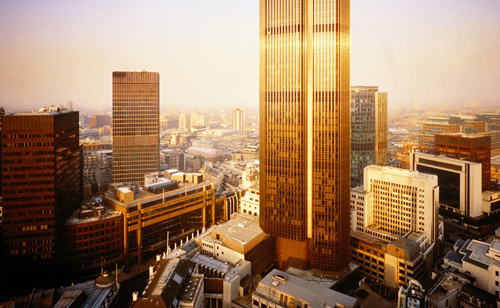
British Telecom Tower Built
for the Post Office in 1961–5, this 190-m (620-ft) tower is a
television, radio and telecommunications tower. At the height of
terrorist activity in the 1970s, the revolving restaurant at the top was
closed and has never re-opened.
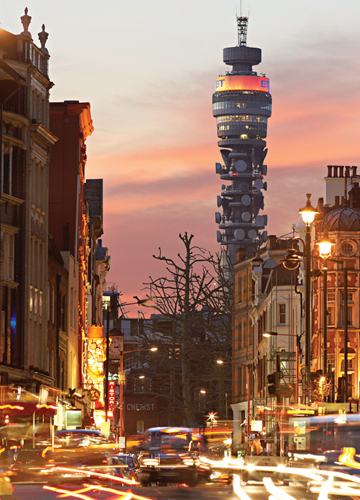
Windsor Castle Windsor
Castle sits by the Thames to the west of London. The largest occupied
castle in the world, it is still a favourite residence of the royal
family.
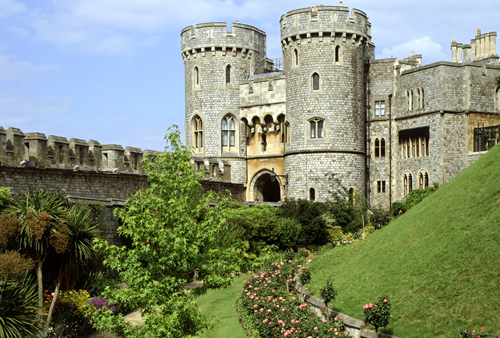
Heathrow To
the west of the city, London’s main airport is one of the busiest
international airports in the world. The Thames acts as a kind of
runway, as planes line up overhead to begin their descent.

Alexandra Palace The
world’s first high-definition television broadcasting service was
transmitted by the BBC from Alexandra Palace on 2 November 1936. There
is an ice hockey rink and exhibition halls here. Crystal Palace This
BBC transmission mast to the south of the city is near the site of the
1851 Great Exhibition “Crystal Palace” that was moved here in 1852 and
burned down spectacularly in 1936. Queen Elizabeth II Bridge On
a clear day you can just make out the lowest downstream crossing on the
Thames, a huge suspension bridge at Dartford, some 32 km (20 miles)
away. Traffic flows north in a tunnel under the river, south over the
bridge.
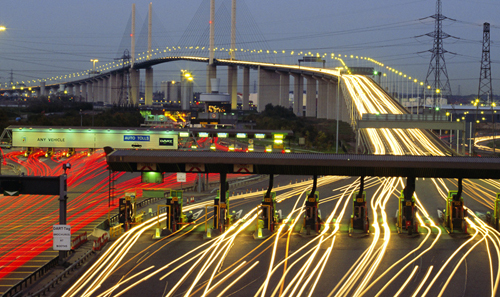
|